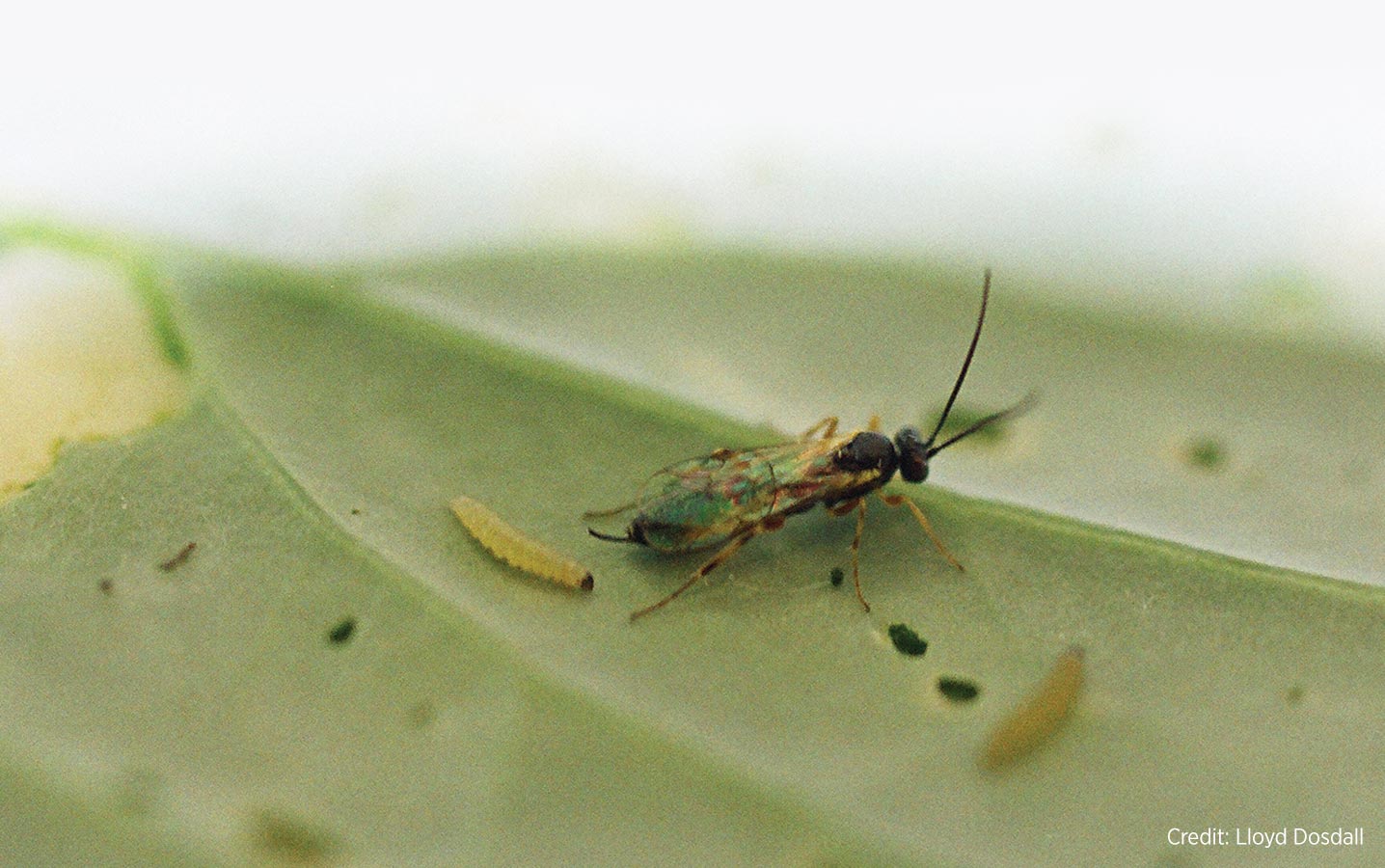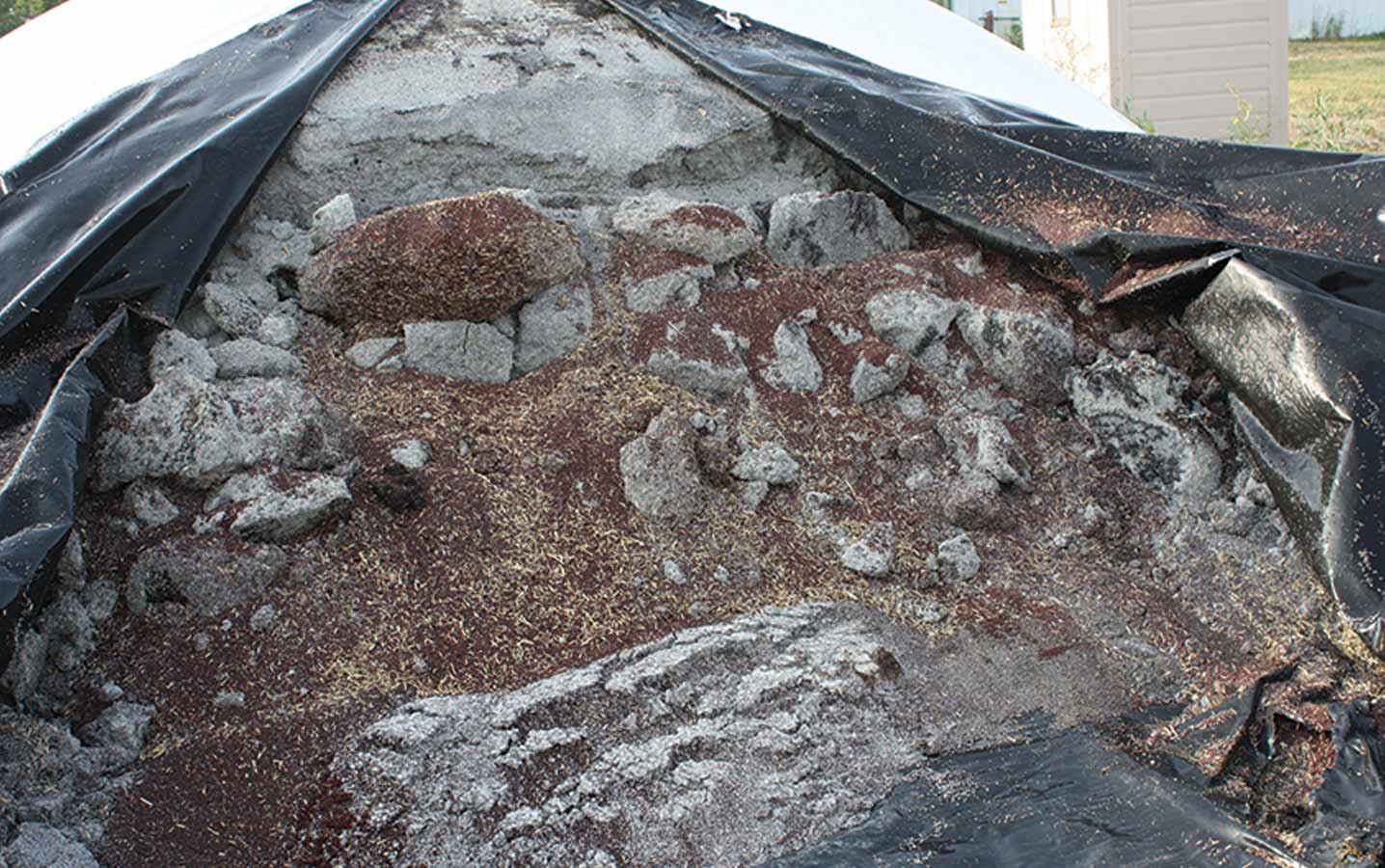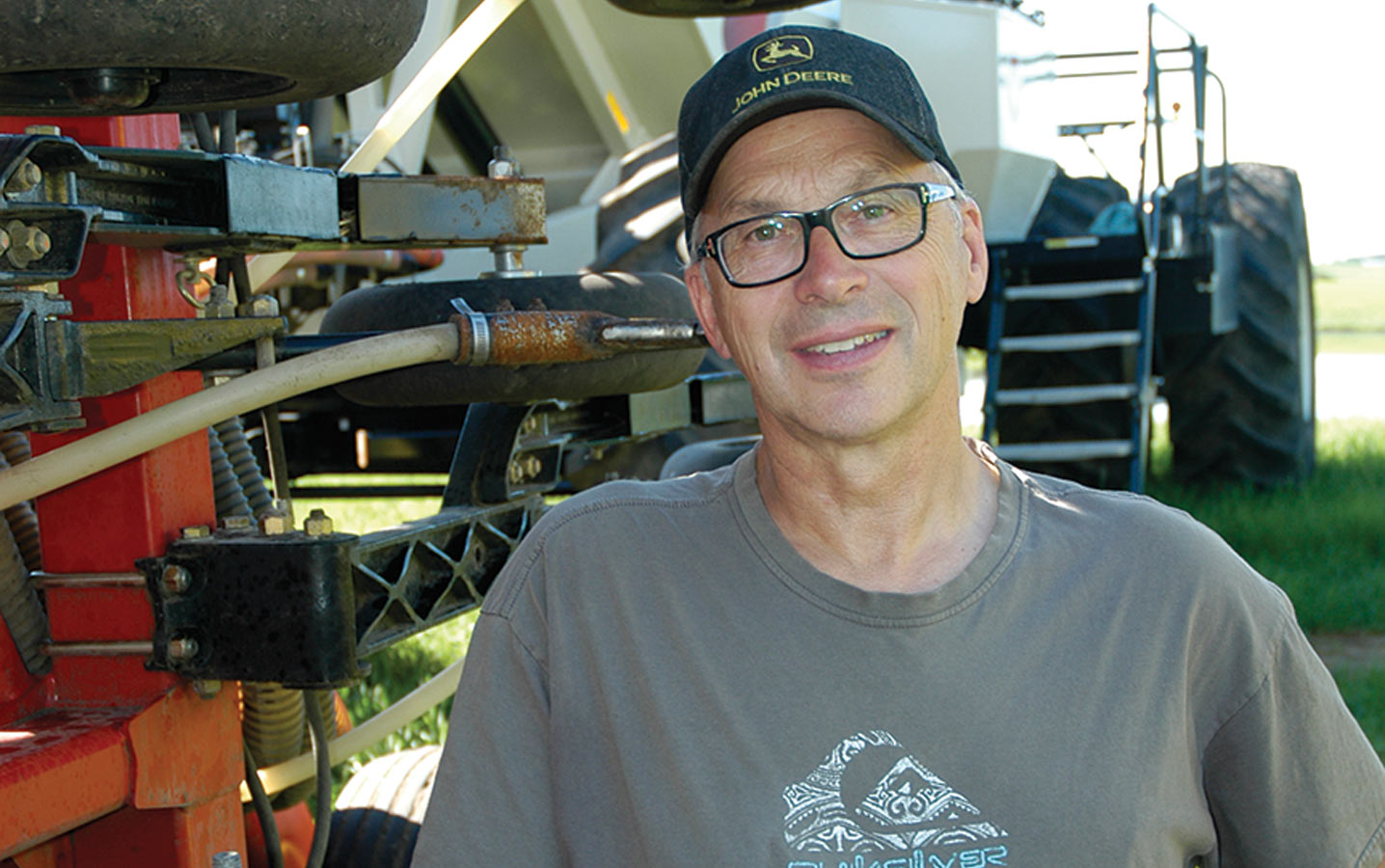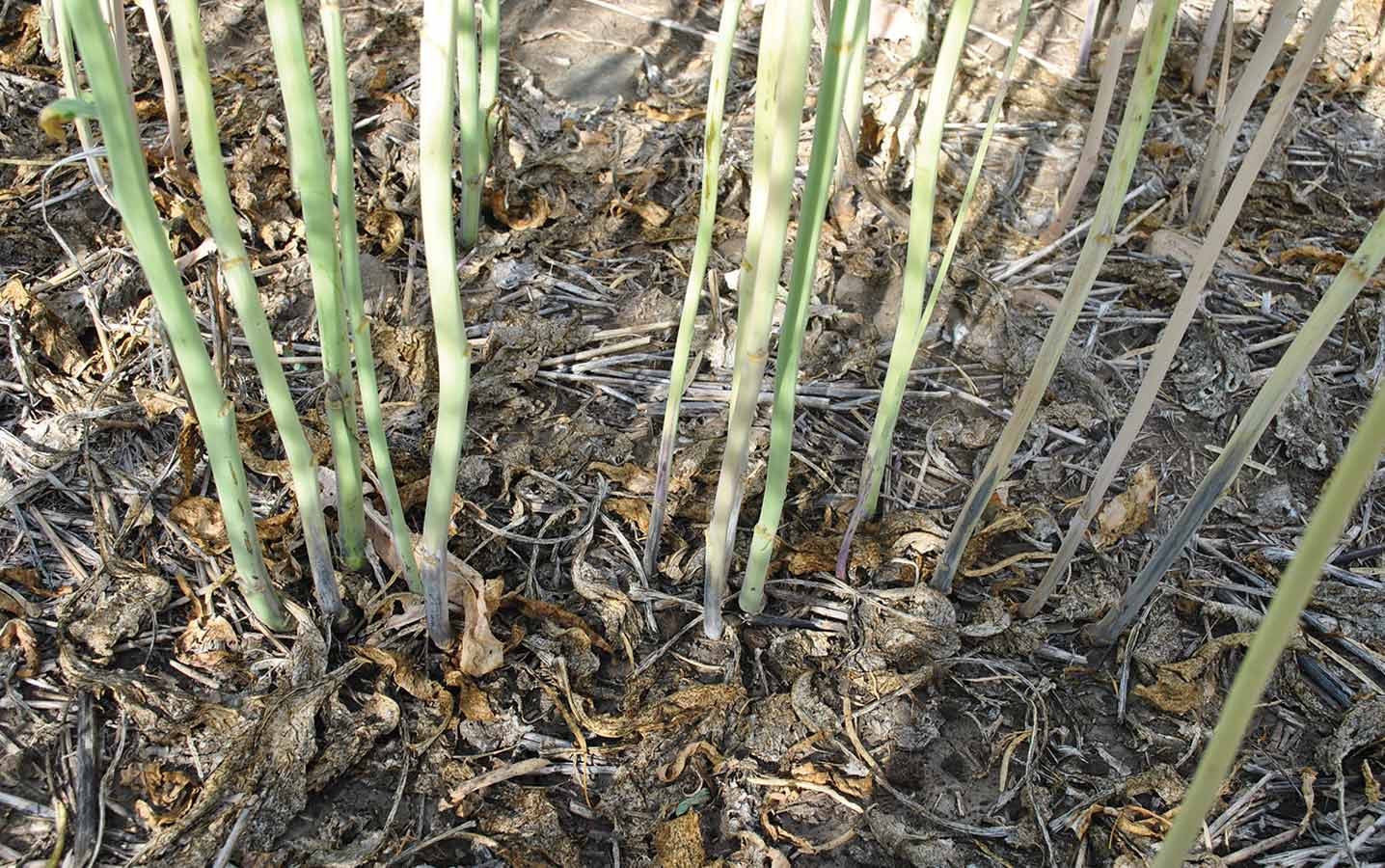Science
High rates of parasitism on diamondback moth larvae

Key result: This study continued work initiated by earlier research which showed that parasitism of diamondback moth larvae and pupae can be relatively high early in the season. Canola producers are encouraged to carefully monitor populations, waiting a few days after nominal thresholds are reached to provide beneficial insects an opportunity to control larvae and...
Read More






